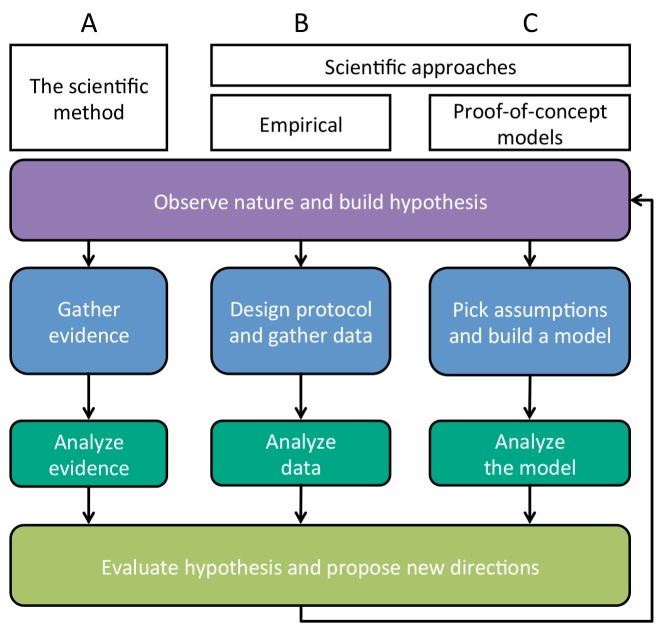Figure 1. Parallels between empirical experimental techniques and proof-of-concept modeling in the scientific process.
This flowchart shows the steps in the scientific process, emphasizing the relationship between experimental empirical techniques and proof-of-concept modeling. Other approaches, including ones that combine empirical and mathematical techniques, are not shown. We note that some questions are best addressed by one or the other of these techniques, while others might benefit from both approaches. Proof-of-concept models, for example, are best suited to testing the logical correctness of verbal hypotheses (i.e., whether certain assumptions actually lead to certain predictions), while only empirical approaches can address hypotheses about which assumptions are most commonly met in nature. (A) A general description of the scientific process. (B) Steps in the scientific process as approached by experimental empirical techniques. In this case, statistical techniques are often used to analyze the gathered data. (C) Steps in the scientific process as approached by proof-of-concept modeling. Here, techniques such as invasion and stability analyses, stochastic simulations, and numerical analyses are employed to analyze the expected outcomes of a model. In both cases, the hypothesis can be evaluated by comparing the results of the analyses to the original predictions.

